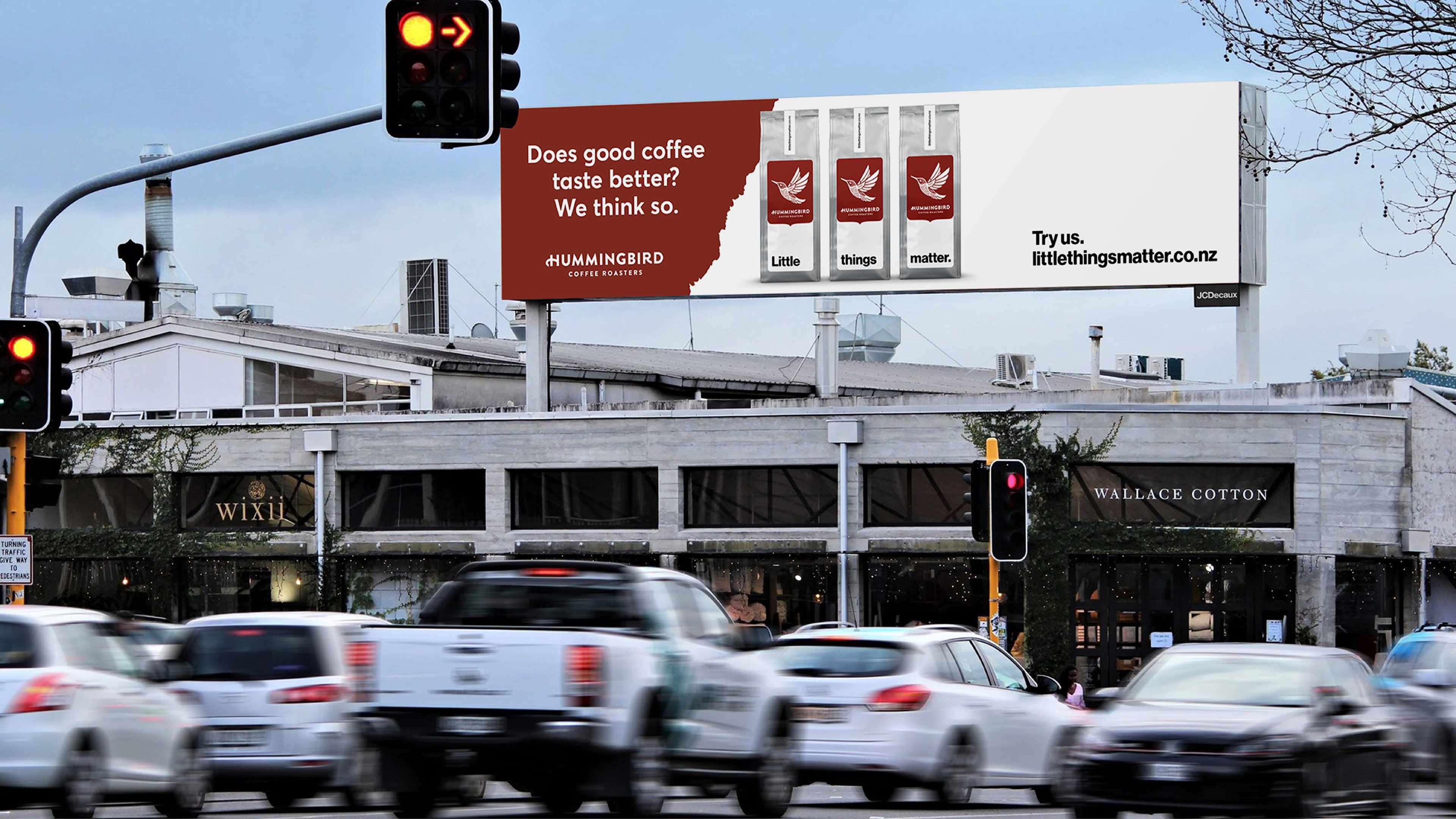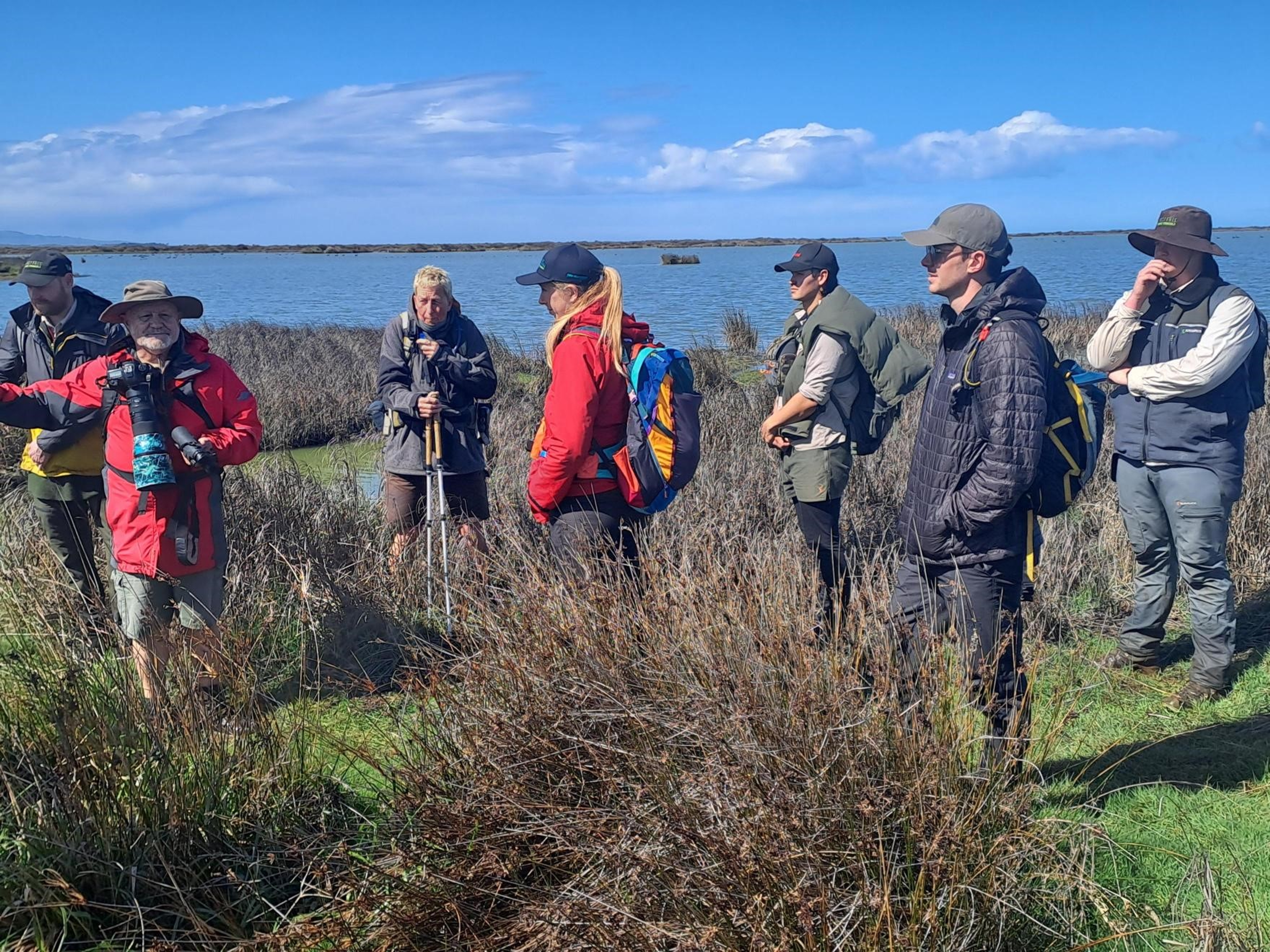When you’re writing a media release, who is your ‘customer’?


Steve Attwood
If there is such a thing as a ‘universal truth’ in public relations when it comes to writing media releases, it is this: The prime customers for media releases are journalists and their readers, viewers and listeners.
Yet there are still far too many media releases going to journalists’ emails that completely fail this cardinal rule.
In 2016, TechCrunch Editor at Large Mike Butcher stated that the media release is past its use-by date.
“Press releases,” he wrote, “are usually pretty rambling and designed to please the client (read: stroke their ego) rather than assist the journalist to get shit done, and fast. I think the press release format is dead.”
If written today, it would still hold true. However, I argue that properly crafted media releases, written with journalists’ needs in mind, remain an effective tool.
In the PR world we read far more media releases than we send out, and I empathise with Butcher; many organisations fall into the trap of writing to please the boss or the board. Instead of thinking about the audience, the primary criteria seems to be to get the boss’s name and/or a company mention in the first paragraph, regardless of whether or not (and usually not) that adds to the news value of the story.
Media releases also frequently ‘preach to the choir’, crafted to appeal to people within their own company or industry. As such, they often assume knowledge and are crowded with in-house jargon, which can be impenetrable.
Another common fault is over-long statements that read like a report to the board. The boring stuff – background, caveats and scene setting – is at the top and the real news hidden somewhere near the bottom. It’s a sure-fire shortcut to a journalist’s deleted emails folder. They simply do not have time to wade through releases to find the hidden gems.
Media releases need to be crafted at least to the style and interests of the news media targeted and preferably, to the individual needs of each journalist. If that means a dozen different versions, so be it. It will take time, but will be far more effective than one media release distributed to all and sundry.

You can’t be lazy about this, it takes a bit of research. What are the journalist’s interests? What is their style and who follows them? Your main job is understand the audience the journalist writes for, and make it easy for them to deliver a great story. Which, by the way, means that thinly disguised advertising will almost never cut through. If it’s advertising, or if you want complete control over the message, pay for it.
Craft the story as journalists would write it. Identify the genuine news angle and put that at the top, and in the email subject line. Tell your story to inform a naïve audience; don’t waste time preaching to the choir, you want to win new converts.
Be sure to follow-up. A one-on-one pitch to a journalist is far more likely to ensure your media release stands out from a crowded inbox. Offer photos and interviews, suggest what might make great footage for video.
Above all, tell a people story. It’s the human element that will make your news compelling.
At Convergence we recently prepared a media package around the 150th anniversary of a client’s industry. It included photos, video, a collection of personality interviews and ideas for where media could get more. All of the resources were downloadable from a designated link and we followed up with individualised suggestions to key media and journalists so each media outlet could have its own unique angle. The resulting coverage was national and international.
As one news editor said: “Bloody good job – an impressive PR campaign…..well thought out and useful…. best I’ve seen in many years… God save us from the boring Press Release – these guys have really thought about their receivers needing stories – and stories they have delivered!”
So, I would contend that the media release is not dead, but it has evolved. It can no longer be the only tool in the communications practitioner’s kit, and the single release sent to every journalist is definitely a time waster. Rather, a media release needs to be part of a package that is journalist and audience focussed. It needs to make it easier for journalists to do their job, and it must be real news.










